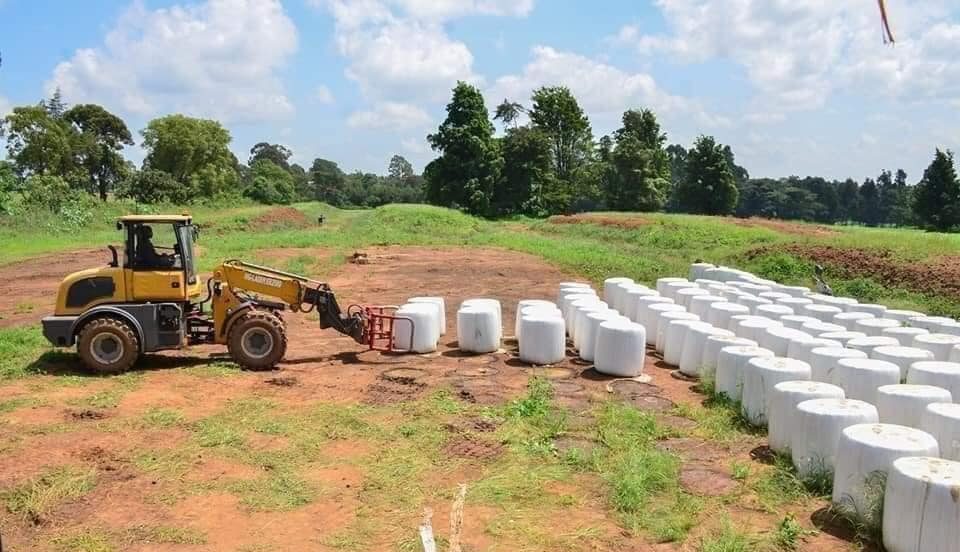How to Properly Store and Handle Maize Silage to Ensure Maximum Nutritional Value
Maize silage is an excellent feed option for dairy cows, as it is high in nutrients and can be harvested easily. However, storing and handling maize silage requires proper technique to ensure maximum nutritional value for the cows. In this article, we will discuss how to properly store and handle maize silage to ensure that your cows receive the best possible nutrition.
- Harvest at the Right Time
The first step in ensuring maximum nutritional value from maize silage is to harvest the crop at the right time. Maize should be harvested when it is in the late milk stage, which is when the grain is around 70% moisture. At this stage, the starch content in the maize is at its highest, providing the most energy to the cows. If the maize is harvested too early, the starch content will be lower, resulting in lower energy content.
- Chop the Maize into Small Pieces
After harvesting, the maize should be chopped into small pieces to increase the surface area for fermentation. The maize should be chopped into pieces that are around 1-2 cm in length. This ensures that the maize is fermented properly, which increases its nutritional value.
- Pack the Silage Tightly
Maize silage should be packed tightly into the silo or storage structure to prevent air pockets. Air pockets can lead to spoilage and lower the nutritional value of the silage. The silage should be packed to a density of around 700-800 kg/m3.
- Cover the Silage
After packing the silage, it should be covered tightly to prevent exposure to air and rain. Exposure to air and rain can lead to spoilage and lower the nutritional value of the silage. The silage should be covered with a plastic cover that is at least 5 mm thick. The cover should be weighted down with tires or other heavy objects to prevent wind from blowing it away.
- Monitor the Silage
Maize silage should be monitored regularly to ensure that it is not spoiled. Spoiled silage can lead to lower nutritional value and even cause health problems for the cows. The silage should be monitored for temperature, pH, and smell. If the silage smells sour or has a high temperature or low pH, it may be spoiled and should be discarded.
- Feed the Silage Properly
After harvesting, chopping, packing, covering, and monitoring, the maize silage should be ready for feeding. It is important to feed the silage properly to ensure maximum nutritional value for the cows. The silage should be fed at the right rate, which varies depending on the cow’s age, weight, and milk production. Overfeeding or underfeeding the cows can lead to health problems or lower milk production.
Properly storing and handling maize silage is essential to ensure maximum nutritional value for dairy cows. The key steps include harvesting at the right time, chopping into small pieces, packing tightly, covering tightly, monitoring regularly, and feeding properly. By following these steps, dairy farmers can ensure that their cows receive the best possible nutrition from maize silage.
